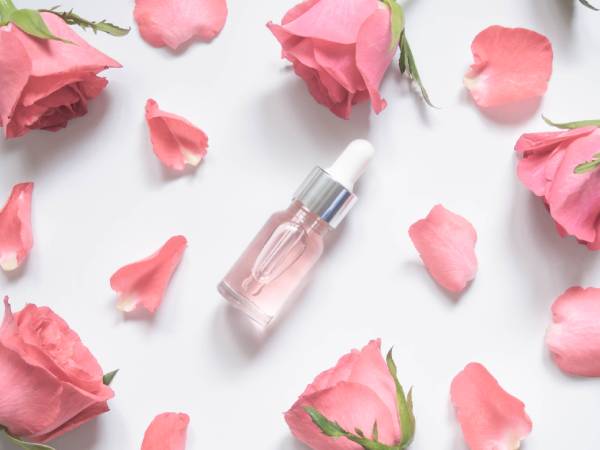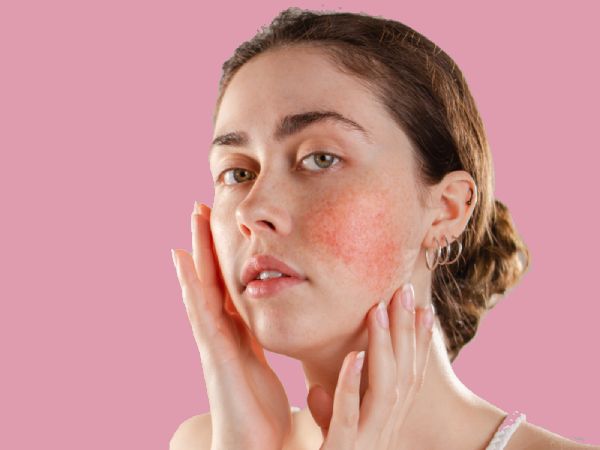 Caring for your skin from a young age is necessary so you can maintain its overall health. That is why it is necessary to know your skin type – you can buy skincare products like serums, moisturisers, face masks, etc. accordingly. You have to gauge the specific needs of your skin.
Caring for your skin from a young age is necessary so you can maintain its overall health. That is why it is necessary to know your skin type – you can buy skincare products like serums, moisturisers, face masks, etc. accordingly. You have to gauge the specific needs of your skin.
How to determine skin type at home?
Bare-Faced Method
Cleanse your face well with a mild cleanser and pat dry. Don’t apply anything – leave it bare. After 30 minutes, examine your cheeks, chin, nose and forehead for any shine. After another half an hours, check if your skin feels parched, especially if you smile or make any other facial expressions. If the skin feels tight, it is likely dry, but if there is noticeable shine on your nose and forehead, your skin is normal or combination, but if there is shine in other areas too, you probably have oily skin.
Blotting Sheet Method
Gently pat a blotting paper on the different areas of your face. Hold the sheet up to the light to determine how much oil is visible. If the sheet picked up little to no oil, you most likely have dry skin. If the sheet carries oil from the forehead and nose areas, your skin is normal or combination. Finally, if the blotting paper is saturated with oil, it is extremely likely that you have oily skin.
What are the various skin types?
Dry
It feels tight throughout the day, while experiencing peeling and flaking at times. Dry skin is largely due to genetics, dehydration, environmental factors such as lifestyle & diet, hormonal changes, and climate. Exfoliating daily with gentle, non-abrasive ingredients help promote skin cell turnover without removing skin’s natural oils. Serums and creams can thus be absorbed more easily.
Oily Skin
Excess oil, dirt, grime, etc. on skin leaves pores clogged. Daily enzymatic exfoliation is essential to promote cell turnover and prevent sebum buildup in pores. Use a gentle exfoliator to balance the tone and texture of your skin, or it might cause tiny tears in the dermis. Oily skin is prone to post-inflammatory hyperpigmentation too, which leaves dark spots on the skin after breakouts have healed. Exfoliating is a must in such cases as it lightens those spots by polishing away the uppermost layers of skin.
Normal/Combination Skin
People with normal/combination skin often experience dryness on the cheeks, making it vital to find a moisturizer that isn’t too heavy but substantial enough to retain moisture where needed most. The t-zone is well moisturized, and breakouts on cheeks aren’t likely. Exfoliate daily and use moisturizers with a gel-like texture so they are absorbed faster.
Sensitive Skin
Managing sensitive skin is a huge challenge as it takes quite a bit of time and effort to find out which ingredients cause inflammation and irritation. Try one new product at a time – you can do a patch test on your inner forearm to check if you have any adverse reactions. If your skin shows no sign of flaring up, apply the formula to the area behind one of your ears before using it on your face. If you are still unsure about skin type, you can always talk to a dermatologist about it!


 Caring for your skin from a young age is necessary so you can maintain its overall health. That is why it is necessary to know your skin type – you can buy skincare products like serums, moisturisers, face masks, etc. accordingly. You have to gauge the specific needs of your skin.
Caring for your skin from a young age is necessary so you can maintain its overall health. That is why it is necessary to know your skin type – you can buy skincare products like serums, moisturisers, face masks, etc. accordingly. You have to gauge the specific needs of your skin.
